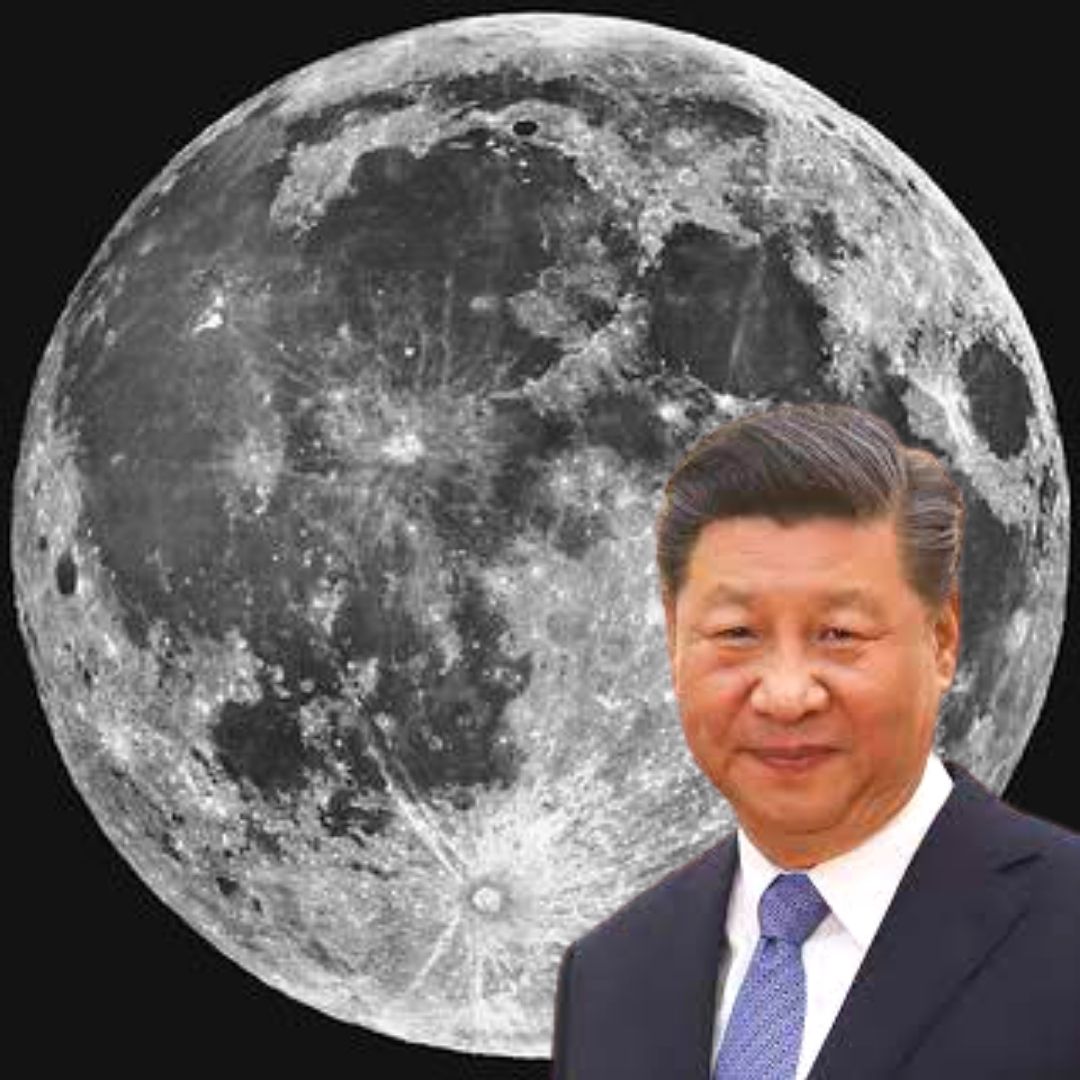China Builds 'Artificial Moon' Replicating Lunar Environment To Augment Ongoing Missions
Writer: Shiva Chaudhary
A post-graduate in Journalism and Mass Communication with relevant skills, specialising in content editing & writing. I believe in the precise dissemination of information based on facts to the public.
Others/World, 18 Jan 2022 7:14 AM GMT
Editor : Palak Agrawal |
Palak a journalism graduate believes in simplifying the complicated and writing about the extraordinary lives of ordinary people. She calls herself a " hodophile" or in layman words- a person who loves to travel.
Creatives : Shiva Chaudhary
A post-graduate in Journalism and Mass Communication with relevant skills, specialising in content editing & writing. I believe in the precise dissemination of information based on facts to the public.
China's artificial moon, a low-gravity research facility, can control the gravity inside a vacuum chamber using powerful magnets by scientists to such low levels that it can successfully replicate the moon's gravity.
After the sun, China has built an artificial moon that could make gravity disappear. The artificial moon facility located in the eastern city of Xuzhou, in Jiangsu province, will stimulate a lunar low gravity environment for scientists to test new tech and future missions.
China's low-gravity research facility can control the gravity inside a vacuum chamber using powerful magnets by scientists to such low levels that it can successfully replicate the moon's gravity. The vacuum chamber is 60 centimetres (about two feet) in diameter with an artificial surface that has been made with rocks and dust that are as light as the actual moon. It is noteworthy that gravity on the moon is not zero but one-sixth as powerful as the gravity on Earth due to the magnetic field.
Li Ruilin, a geotechnical engineer at the China University of Mining and Technology, believes that it is a first-of-its-kind experiment in the world. Ruilin told South China Morning Post, "While low gravity can be achieved in an aircraft or a drop tower, it is momentary, and in the simulator, that effect can last as long as you want."
Significance Of Research Facility
The artificial moon has been established to augment China's ongoing lunar exploration program. It will make the country less dependent on zero-gravity planes to train astronauts and environments to extensively technologies and new rovers that the scientists plan to send to the moon. It will also help the scientists work out the technical vulnerabilities in the expensive instrument and test the durability of equipment before deploying the actual missions.
Inspiration For Research Facility
The scientists who developed the facility were inspired by the Russian-born physicist Andre Geim's experiments. In 1997, Geim used magnets to levitate the frog completely, and later, he was awarded the satirical Ig Nobel Prize 2000 for this groundbreaking experiment. According to the original research, most ordinary materials, including human beings, exhibits weak diamagnetism.
Ruilin told SCMP, "Magnetic levitation is certainly not the same as anti-gravity, but there is a variety of situations where mimicking micro-gravity by magnetic fields could be invaluable to expect the unexpected in space research".
China has already developed and successfully tested an artificial sun to simulate the nuclear fusion process, naturally occurring in the sun and stars to exhibit almost infinite clean energy. A few days back, a nuclear fusion reactor set a new record for sustained high temperatures after running five times hotter than the sun for more than 17 minutes.
Also Read: Did China Launch "Artificial Sun" Into The Sky? No, Viral Claim Is False
 All section
All section















